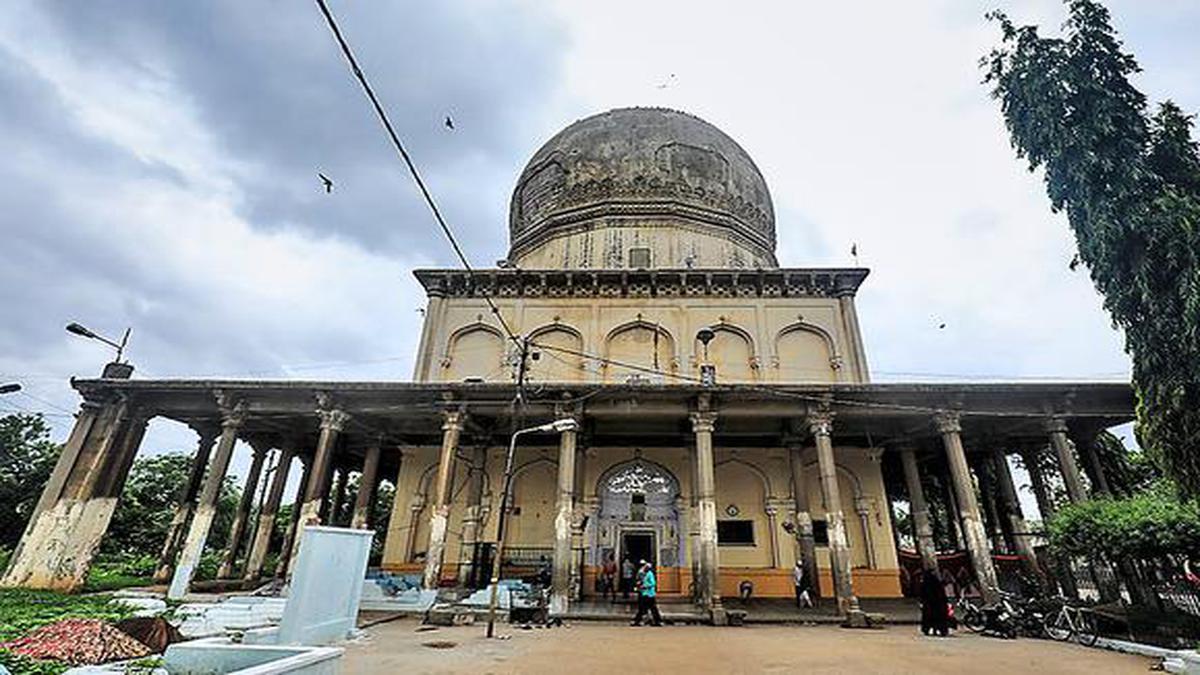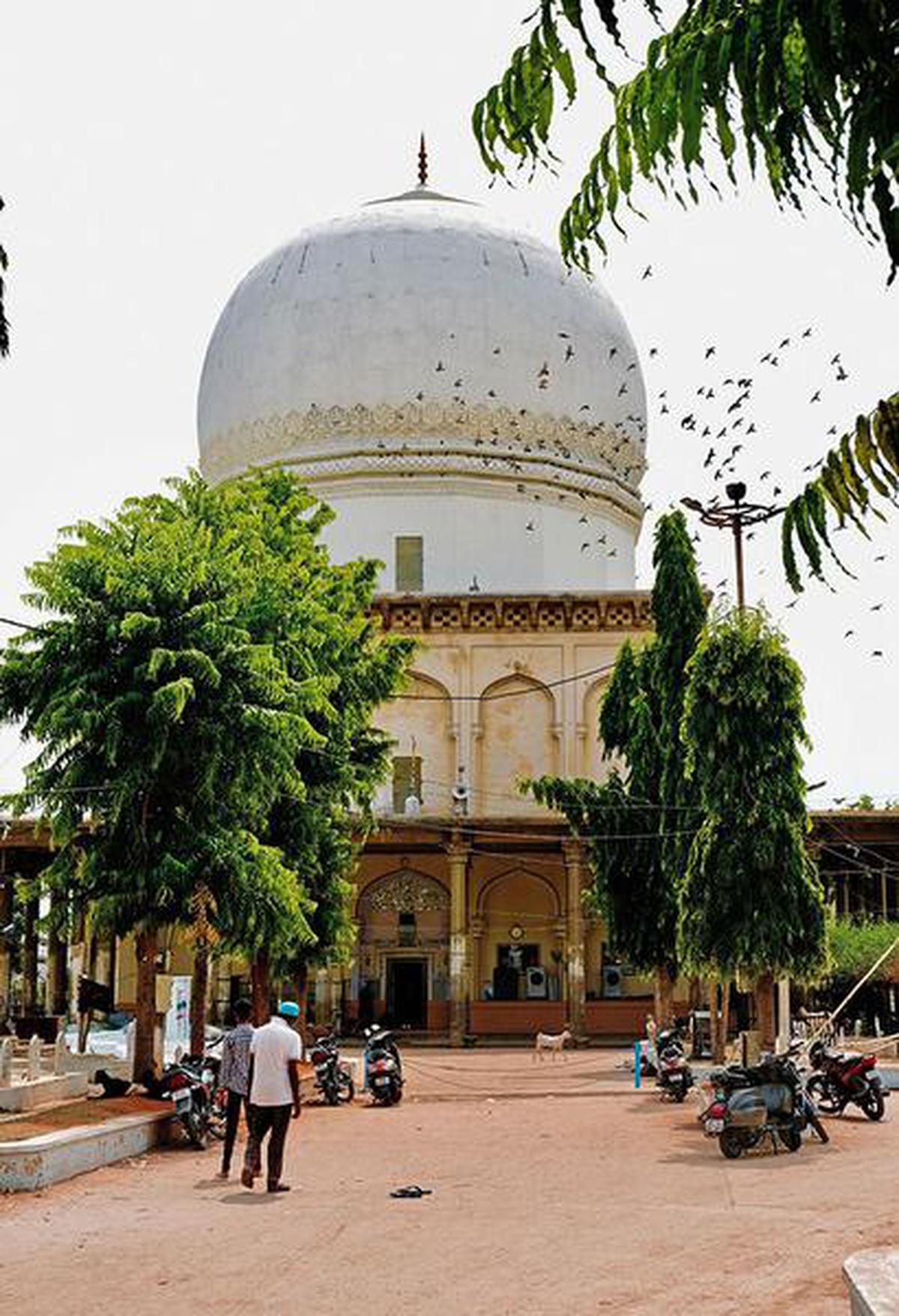

Shah Raju Qattal Hussaini: The Miracle-Worker of Deccan In the annals of Sufi history, few figures shine as brightly as Hazrat Syed Shah Yousuf al Hussaini, better known as Shah Raju Qattal Hussaini. Born in the year 1002 A.H. in the bustling city of Bijapur, Shah Raju was destined for spiritual greatness from the very start. Shah Raju's spiritual pedigree was impeccable, tracing back eight generations to the revered Hazrat Khaja Bande Nawaz Gesu Daraz of Gulbarga. But it was his dedication to the path of enlightenment that truly set him apart. From a young age, Shah Raju embarked on a rigorous journey of self-discovery and spiritual growth. Under the watchful eye of his uncle, Hazrat Syed Akber Mohammed Mohammed al Hussain, he delved deep into both zaheri (outward) and batini (inward) knowledge. This comprehensive education laid the foundation for his future as a spiritual luminary. But Shah Raju was not content with mere book learning. He engaged in a relentless jihad (struggle) against his own nafas (soul), constantly pushing himself to new heights of spiritual awareness. It was this unwavering commitment to self-improvement that earned him the title "Qattal" - the Vanquisher. Upon completing his spiritual training, Shah Raju received the ultimate honor from his uncle - bait (spiritual allegiance) and the mantle of caliphate. This marked the beginning of his journey as a spiritual guide in his own right. In the vibrant tapestry of Deccan spirituality, Shah Raju quickly emerged as a standout figure. His profound knowledge of Allah and his ability to perform miracles soon became legend. People from all walks of life flocked to him, seeking guidance, blessings, and a glimpse of the divine. Such was his spiritual stature that Shah Raju was recognized as the Qutub (spiritual axis) of his time in the Deccan region. This wasn't just a title - it was a testament to his role as a living link between the earthly and the divine. Shah Raju's teachings were as profound as they were accessible. He was renowned for his insightful commentary on Quranic verses and his deep understanding of Ilahiyat (divine science). Through his words and actions, he brought the lofty concepts of Sufism down to earth, making them relatable to the common people. On the 22nd of Safar, 1092 A.H., during the reign of Sultan Abul Hasan Tana Shah of Golconda, Shah Raju Qattal Hussaini breathed his last. But his passing from this world was far from the end of his story. Today, his mausoleum stands as a beacon of hope and spirituality in the heart of Hyderabad. Located just outside Fathe Darwaza in Misri Gunj street, the shrine has become a magnet for those seeking divine intervention. Pilgrims from far and wide flock to this sacred spot, their hearts brimming with wishes and desires. Tales have circulated of miraculous occurrences at Shah Raju's tomb for centuries. From the healing of incurable ailments to the granting of impossible wishes, the stories are as varied as they are numerous. Whether one believes in miracles or not, there's no denying the palpable aura of peace and possibility that permeates the air around the mausoleum. In a world that often seems chaotic and unpredictable, Shah Raju Qattal Hussaini's legacy offers a comforting constant. His life serves as a testament to the power of spiritual dedication, while his tomb is a living monument to the enduring power of faith. So, the next time you find yourself in Hyderabad, take a detour to Misri Gunj. Stand before the tomb of Shah Raju Qattal Hussaini and let the weight of centuries of devotion wash over you. Who knows? You might witness a miracle of your own.